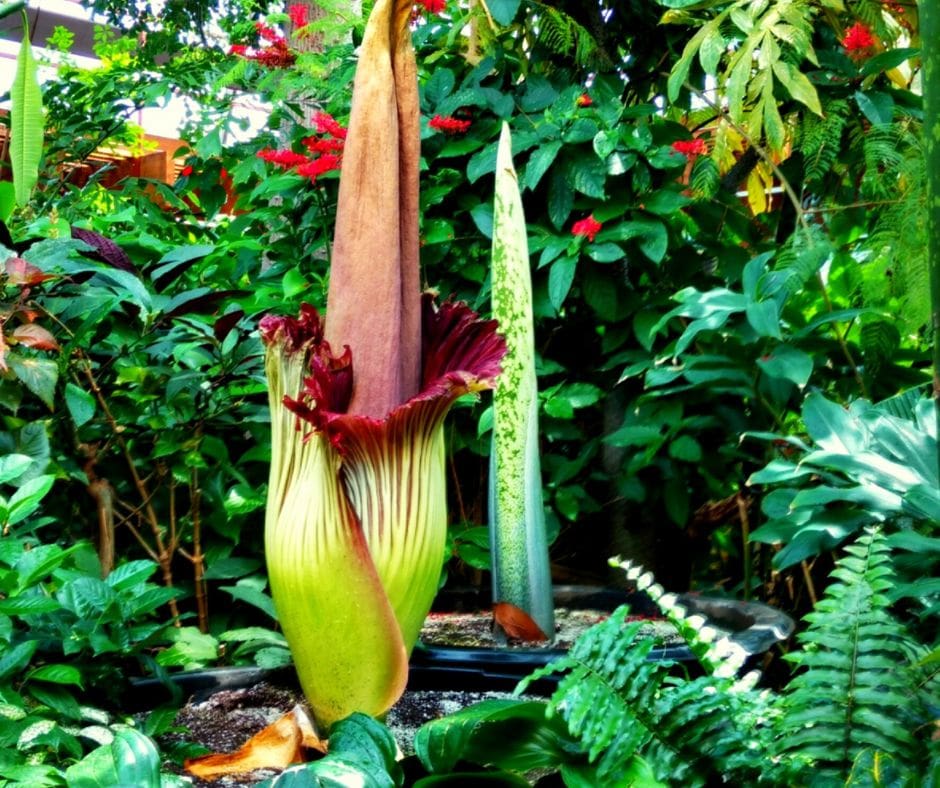Costa Rica is home to one of the most unique and fascinating plants in the world: the Rafflesia, commonly referred to as the corpse flower. This plant holds the distinction of producing the largest single flower on Earth, a title that has intrigued botanists and nature enthusiasts alike. In this exploration, we delve into the captivating world of Rafflesia, understanding its unique characteristics, survival mechanisms, and its role in Costa Rica’s rich biodiversity.
The Giant Among Flowers
The Rafflesia is no ordinary flower; it’s a botanical marvel. Measuring an astonishing 3.2 feet across, it dwarfs other blooms with its sheer size. This enormous flower is not only known for its size but also for its unusual appearance. The Rafflesia looks like something out of a fantasy novel, with a deep red color and a texture that resembles raw meat.
A Unique Mode of Survival
What sets the Rafflesia apart is not just its size but its mode of survival. It’s a parasitic plant, which means it doesn’t photosynthesize like other plants. Instead, it relies on a host plant for nutrition and support. In Costa Rica’s rainforests, the Rafflesia attaches itself to certain vines, from which it draws water and nutrients.
The Art of Deception
The most intriguing aspect of Rafflesia is its pollination strategy. The flower emits a foul odor, reminiscent of rotting flesh, earning it the nickname “corpse flower.” This scent is not just for show; it plays a crucial role in the Rafflesia’s reproductive process.
The flower uses its odor to attract pollinators, primarily carrion flies. These flies are typically drawn to decaying matter, and the Rafflesia’s scent and appearance mimic a rotting corpse so well that the flies are deceived into visiting the flower. The male Rafflesia is particularly adept at this mimicry, attracting a swarm of flies to its center. Once inside, the flies inadvertently pick up or deposit pollen, thus aiding in the plant’s reproduction.
A Rarity in the Wild
Despite its grandeur, the Rafflesia is a rare sight. Its habitat is restricted to specific rainforest regions, and even within these areas, the flower is elusive. The conditions required for a Rafflesia to bloom are precise, and the flower itself is short-lived, lasting only a few days.
Conservation and Ecotourism
The rarity and uniqueness of the Rafflesia make it a significant species for conservation efforts in Costa Rica. Protecting the Rafflesia’s habitat is crucial, not just for the flower itself but for the myriad of species that share its environment. Additionally, the Rafflesia has become a point of interest for ecotourism, drawing visitors from around the world eager to witness this natural wonder.
The Corpse Flower in Costa Rican Culture
In Costa Rica, the Rafflesia is more than just a biological curiosity; it’s a symbol of the country’s rich natural heritage. Its presence in Costa Rican rainforests underscores the nation’s commitment to preserving biodiversity. Efforts to protect and study the Rafflesia also highlight the importance of understanding and conserving unique ecosystems.
The Rafflesia, with its extraordinary size, unique survival strategy, and role in the ecosystem, is a testament to the wonders of the natural world. Costa Rica’s commitment to preserving its natural habitats ensures that this remarkable flower continues to thrive, captivating the imaginations of all who learn about it.
Discover more intriguing stories about Costa Rica’s natural wonders and stay updated on environmental conservation efforts by following #HowlerMag and #HowlerMagazine. This exceptional flower, both in its grandeur and peculiarity, serves as a reminder of the intricate and interdependent nature of our planet’s ecosystems.






